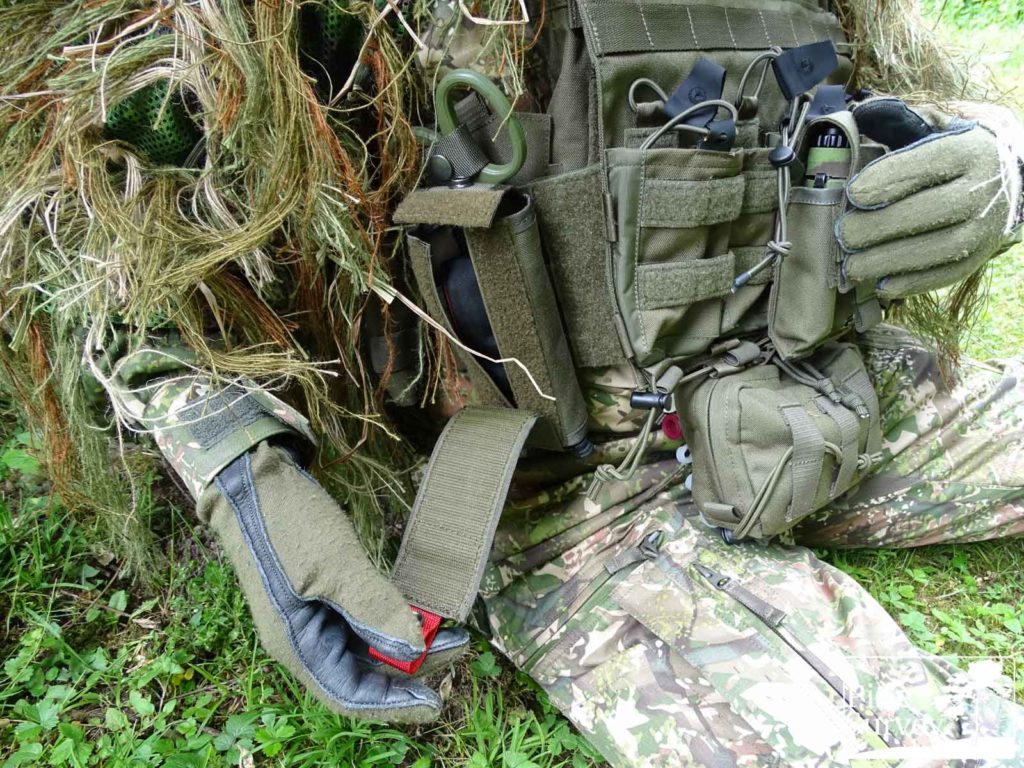Another Tourniquet Tuesday! My dear friend and Pine Survey Contributor Alzwolf will give his take on the features of the S.B.T. made in Europe, by the Czech company Skala.
S.B.T STOP BLEEDING TOURNIQUET
http://www.skala.cz/en/s.b.html
Introducing
The S.B.T. (produced by the Czech company Skala) fulfils the main requirements of its customers and developed a functional non-velcro tourniquet, which is usually used on most TQs. Another important customer requirement in terms of materials used, is a reinforced shrink wrap strap that would prevent peripheral areas from fraying due to frequent use in training.
Specs
- Dimensions unopened: 16 x 6 x 3.5 cm / opened: 88 x 5 x 2 cm
- Weight: 100 g• Colour: Black
- Made in Europe
With velcro closures various impurities (grass, mud, dust, snow, etc.) tend to clogg the surface areas of the hook and loop. With that the liability of the individual coupling surfaces decreases. As a result of such clogging, combined with the physical phenomenon of rotation, it might happen for a tourniquet to fail. The same fatal phenomenon can also occur if the surface fastener is exposed to salt water or long-term moisture. The worst scenario can occur in combination of both phenomena.
The SBT has a stabilized C-type locking system for hooking the toggle as well as an aircraft aluminum opening / closing mechanism to facilitate the application to limbs while being constrained in movement. The in-line setting tape does not fray so quickly. Velcro as a holding mechanism was consistently avoided, so that grass mud, blood, other body fluid or weather conditions cannot limit the safe operation of the tourniquet in use.
Another very important advantage of the S.B.T. in comparison with other types of tourniquets, including tourniquets such as the SOFTT, is undoubtedly the speed of application.
Trained personnel in emergency first aid, especially in Tactical Combat Casualty Care skills as well as in combat first aid, should be constantly prepared in the so-called „hand“ scenario, in the case of bullet wounds of the upper limb tourniquet. In this case, a person could have no trouble putting on a tourniquet on the upper extremity.
However, the problems usually start when a person has suffered traumatic leg injuries. This usually demands more working steps in applying the TQ, such as loosening the entire strap of velcro, fastening the strap around the leg etc. And only then the stopping of the bleeding can begin by using the windlass.
These are precious seconds a life depends on. And in this case, self-application for tourniquets with velcro system is almost superhuman performance.
Conclusion
The SBT tourniquet is a compact and easy to use system like the CAT and works very well. Especially pleasing to me, as it is a mix of two experienced systems and because it comes from an European production.
This TQ is my personal favourite and is always with me, whether privately or on business. Especially because of its compactness, weight and ease of use, I like to carry it as an EDC.
With that being said, thank you for reading and see you next Tuesday!
Take Care
















No Comment
You can post first response comment.